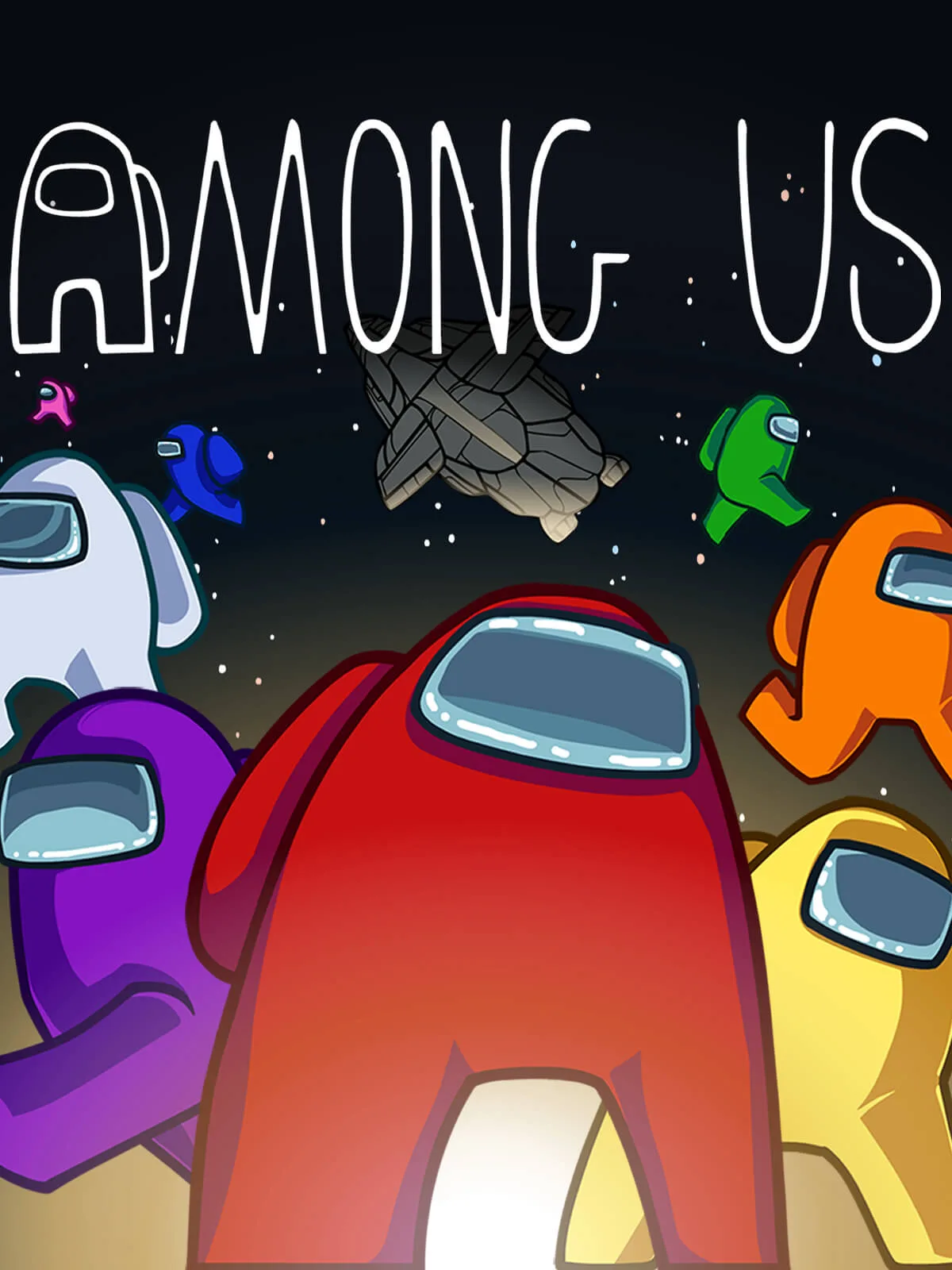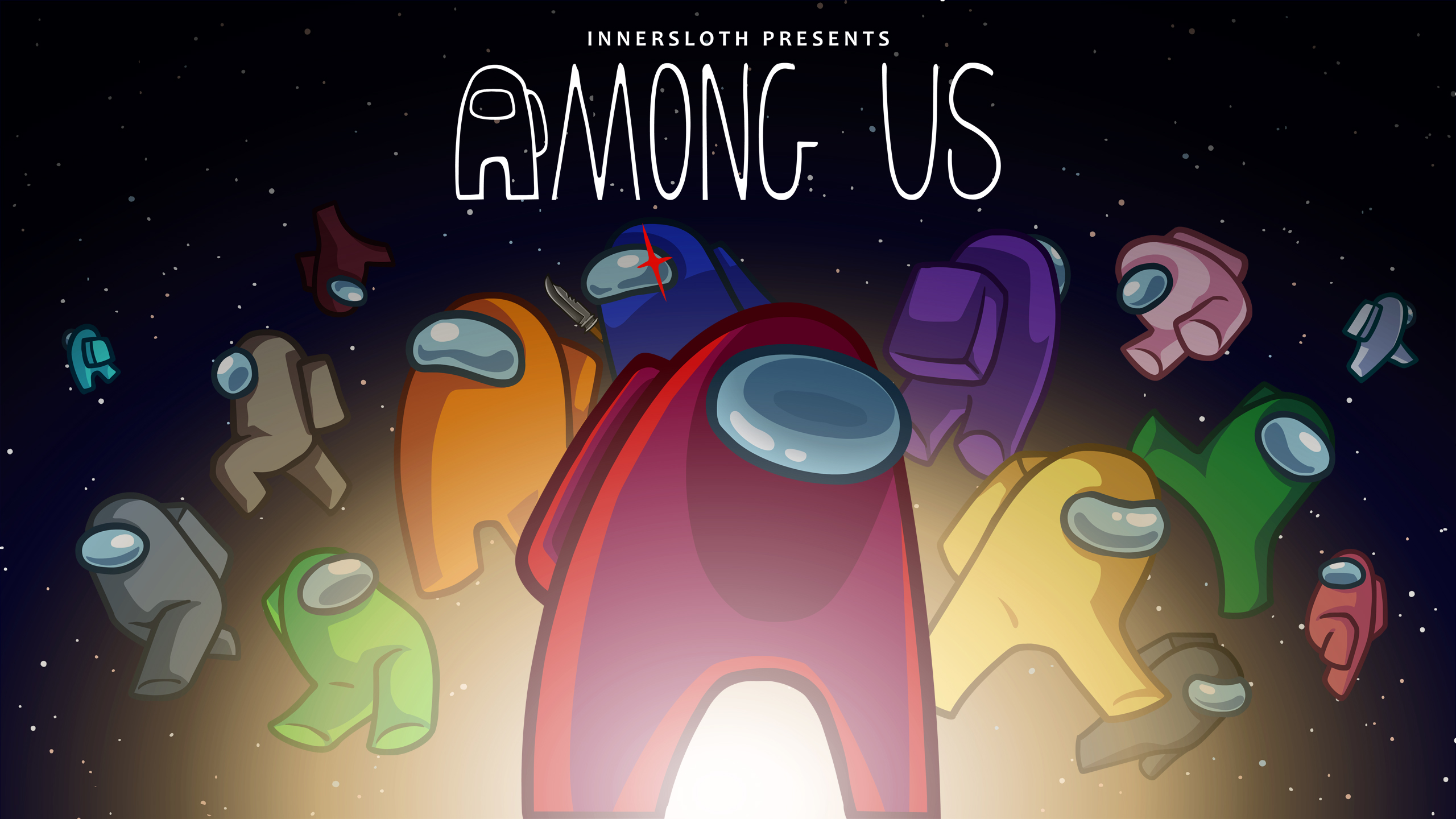Among Us: A Social Deduction Phenomenon That Took the World by Storm
In the vast and ever-evolving landscape of video games, few titles have achieved the meteoric rise and cultural impact of Among Us. Released in 2018 by the small indie studio Innersloth, the game initially flew under the radar, gathering a modest but dedicated following. However, in the summer of 2020, Among Us exploded into the mainstream, captivating millions with its simple yet ingenious blend of social deduction, teamwork, and betrayal. This sudden surge in popularity transformed a relatively unknown game into a global phenomenon, leaving an indelible mark on the gaming world and popular culture.
The Core Gameplay: Deception in Space
At its heart, Among Us is a game of social deduction set on a spaceship (or other themed map). Players are assigned one of two roles: Crewmate or Impostor. The vast majority of players are Crewmates, tasked with completing a series of mini-games or "tasks" scattered throughout the map. These tasks range from simple activities like swiping a card or wiring circuits to more complex ones like aligning telescopes or emptying trash. Crewmates win by completing all their tasks or by successfully identifying and ejecting all the Impostors.
The real intrigue lies in the role of the Impostor(s). Their objective is to eliminate all the Crewmates without being discovered. Impostors can move around the map undetected through vents, sabotage critical systems like oxygen or reactor, and, most importantly, kill Crewmates. After a body is discovered, or if a player suspects foul play, they can call an emergency meeting. During these meetings, players discuss what they’ve witnessed, share their suspicions, and vote on who they believe is the Impostor. The player with the most votes is ejected from the ship (or thrown into lava in some maps), with their role revealed to the remaining players.
This simple premise creates a dynamic and often hilarious gameplay loop filled with tension, accusations, and moments of shocking betrayal. The game’s brilliance lies in its ability to foster genuine social interaction and encourage players to think critically, analyze behavior, and trust (or distrust) their fellow players.
The Elements of Success: Why Did Among Us Explode?
Several factors contributed to the explosive success of Among Us:
- Simple and Accessible Gameplay: The game’s rules are easy to understand, making it accessible to players of all ages and gaming experience levels. The intuitive controls and clear objectives allow players to jump right in and start playing without a steep learning curve.
- Social Interaction and Deduction: Among Us is fundamentally a social game. It requires players to communicate, collaborate, and deceive each other. This social element is incredibly engaging and leads to memorable moments and hilarious interactions. The thrill of correctly identifying an Impostor, or successfully deceiving your friends as the Impostor, is a powerful draw.
- Streamer and Influencer Effect: The game’s popularity was significantly boosted by its adoption by popular streamers and YouTubers. Watching these personalities play Among Us introduced the game to a massive audience, generating widespread interest and driving downloads. The entertainment value of watching skilled players strategize, debate, and outwit each other was undeniable.
- Pandemic-Driven Demand for Social Connection: The timing of Among Us‘s surge in popularity coincided with the COVID-19 pandemic and the resulting lockdowns and social distancing measures. People were craving social interaction, and Among Us provided a safe and engaging way to connect with friends and strangers online. The game offered a much-needed outlet for socializing and having fun during a difficult time.
- Low Price Point and Cross-Platform Play: Among Us was relatively inexpensive, making it an accessible option for many players. Furthermore, its availability on mobile devices and PC, with cross-platform play support, allowed friends to play together regardless of their preferred platform.
- Memes and Cultural Impact: Among Us quickly permeated internet culture, spawning countless memes, fan art, and parodies. The game’s simple visuals and memorable phrases (like "sus" and "eject") became ubiquitous online, further solidifying its place in the cultural zeitgeist.
The Enduring Appeal: More Than Just a Trend
While some might have dismissed Among Us as a fleeting trend, the game has proven to have staying power. Innersloth has continued to support the game with updates and new content, keeping the gameplay fresh and engaging. These updates have included:
- New Maps: Adding new maps like the Airship, Polus, and the recently released MIRA HQ provides players with fresh environments to explore and new strategic challenges to overcome.
- New Roles: The introduction of new roles, such as the Scientist, Engineer, and Guardian Angel, adds layers of complexity to the gameplay and expands the possibilities for both Crewmates and Impostors.
- Cosmetic Items: The addition of new cosmetic items, such as hats, skins, and pets, allows players to personalize their characters and express their individual style.
- Improved Accessibility Features: Innersloth has also focused on improving accessibility features, such as colorblind support and customizable controls, to make the game more inclusive for all players.
The Lessons Learned: Social Deduction and the Future of Gaming
Among Us‘s success offers valuable lessons for game developers and the gaming industry as a whole. It demonstrates the power of simple, accessible gameplay combined with compelling social interaction. The game’s emphasis on deduction, communication, and strategic thinking has resonated with a broad audience, proving that complex mechanics are not always necessary for creating a deeply engaging and rewarding experience.
Furthermore, Among Us highlights the importance of community engagement and ongoing support. Innersloth’s responsiveness to player feedback and their commitment to adding new content has helped to maintain the game’s popularity and keep players invested.
The legacy of Among Us extends beyond its immediate success. It has popularized the social deduction genre, inspiring other developers to create similar games with their own unique twists. The game has also demonstrated the power of streaming and influencer marketing in driving game adoption and shaping popular culture.
Conclusion: A Cultural Touchstone
Among Us is more than just a video game; it’s a cultural touchstone that has brought people together, sparked countless conversations, and generated a wealth of memes and online content. Its simple yet ingenious gameplay, combined with its accessibility and social appeal, has made it a global phenomenon. While its peak popularity may have subsided, Among Us remains a beloved and influential title that will be remembered for its impact on the gaming world and popular culture. The game’s enduring appeal lies in its ability to tap into our innate human desire for connection, competition, and the thrill of uncovering the truth, even when surrounded by deception. It’s a testament to the power of social deduction and the enduring appeal of a well-crafted, engaging, and endlessly replayable game.

